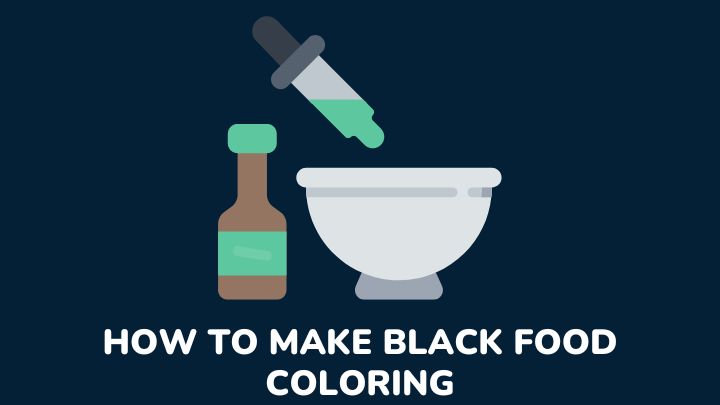Food coloring plays a crucial role in culinary arts, adding vibrancy and visual appeal to dishes and desserts.
However, finding ready-made black food coloring in stores can be challenging. That’s why learning how to make your own at home can be incredibly beneficial.
In this article, you will learn about the different methods and ingredients for making black food coloring, both natural and artificial.
You’ll also discover the advantages of creating your custom color, along with practical tips for achieving the perfect shade.
What is black food coloring?
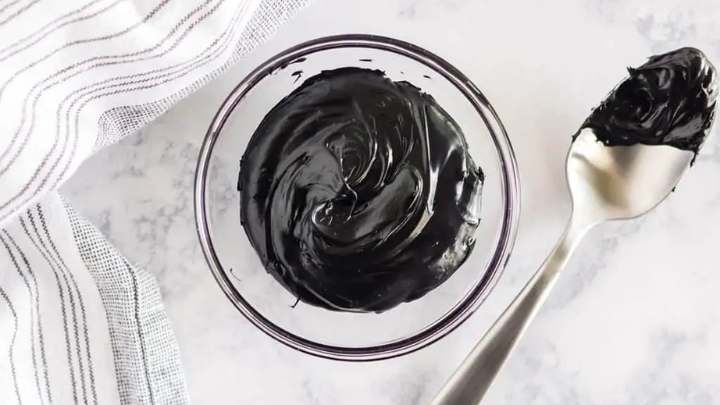
Have you ever wondered how chefs achieve that rich, deep black color in their dishes? The secret lies in black food coloring.
Black food coloring is a concentrated pigment used to add a black hue to foods and beverages. It comes in various forms, including natural and artificial options.
Natural sources like activated charcoal or squid ink are commonly used to create this food coloring. These ingredients are safe for consumption and can be easily incorporated into recipes.
The artificial variety, on the other hand, is made from synthetic dyes. While these options provide a consistent color, it’s essential to choose FDA-approved products to ensure safety.
Why make your black food coloring?
Creating your custom color offers versatility. No longer bound by store offerings, you can control the shade and intensity.
Plus, it’s easy and budget-friendly. With basic ingredients like activated charcoal or food coloring gels, you’re set.
DIY black food coloring also ensures quality and safety. You know exactly what goes into it, avoiding any unwanted additives.
Ingredients
1. Natural ingredients
When it comes to creating black food coloring, natural ingredients offer a safe and effective option. Below is a list of popular choices and how to use them effectively.
Activated charcoal
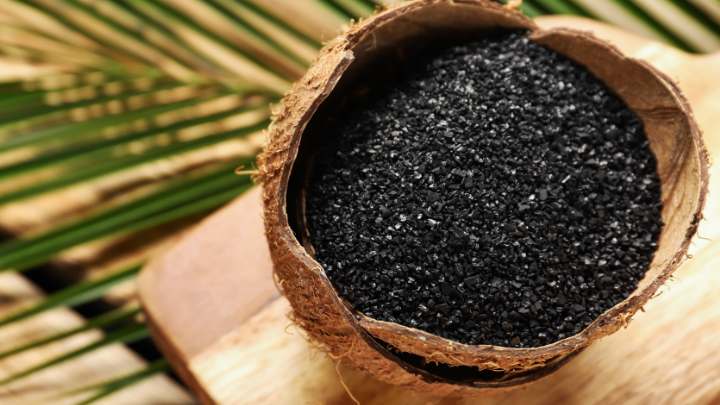
Activated charcoal is a natural substance known for its deep black color and detoxifying properties. It’s made from carbon-rich materials like coconut shells or wood, and processed to create a fine powder.
To use activated charcoal, simply mix a small amount into your recipe until you achieve the desired shade of black. It’s essential to use food-grade activated charcoal, which is safe for consumption.
Squid ink
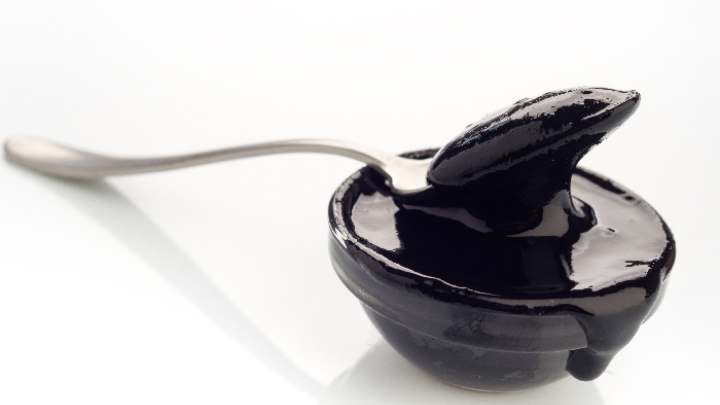
Squid ink is another natural ingredient that’s been used for centuries to add color and flavor to dishes. It has a rich, dark hue and imparts a subtle seafood flavor to recipes. To use squid ink as a food coloring, simply add it to your dish during cooking or mixing.
It’s commonly used in pasta dishes, risotto, and sauces to create a striking black color.
Blackberries
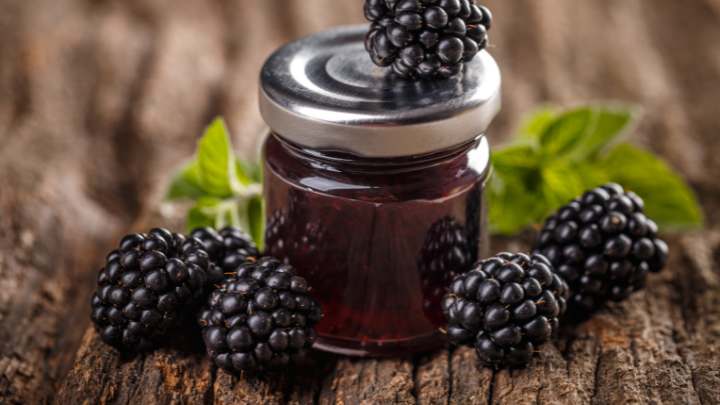
Blackberries have a deep purple-black hue that can be extracted and used as a natural food coloring. Simply crush the berries and strain out the juice to use in your recipes.
Black sesame seeds

Black sesame seeds can be ground into a fine powder and mixed with water or other liquids to create food coloring. They add a subtle nutty flavor to dishes as well.
Black tea
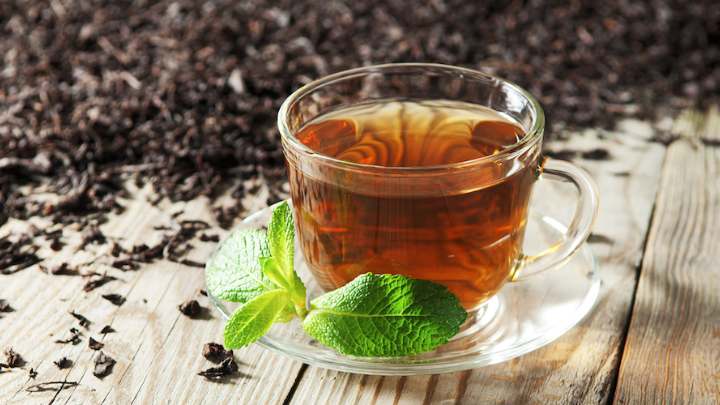
Strongly brewed black tea can be used as a natural food coloring to impart a dark brown-black color to recipes. It’s especially suitable for baked goods and desserts.
Cocoa powder
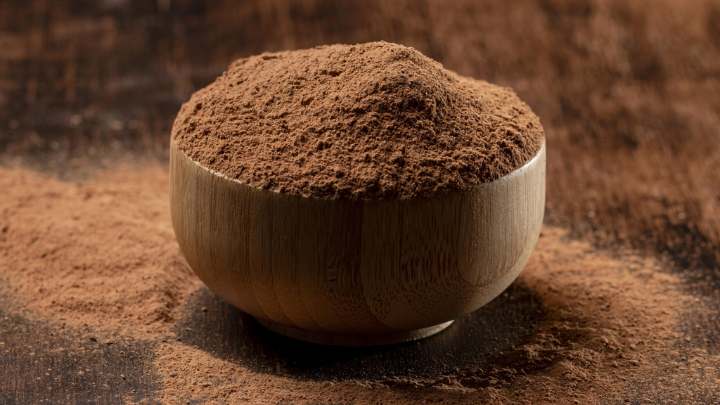
While not technically black, cocoa powder can be used to darken food coloring and add a rich chocolate flavor to recipes. It works well in desserts like cakes, cookies, and frostings.
When sourcing natural ingredients for food coloring, look for reputable suppliers that offer food-grade products. Ensure the ingredients are fresh and free from any contaminants.
Experiment with different ratios and combinations to achieve the perfect shade of black for your culinary creations.
2. Artificial ingredients
If you prefer the convenience and consistency of artificial ingredients, there are several options available for creating this food coloring.
Food coloring gels
Food coloring gels are highly concentrated liquid colors that come in a wide range of shades, including black. They are easy to use and provide vibrant colors with just a small amount.
When selecting food coloring gels, opt for products that are labeled as safe for consumption and approved by regulatory authorities like the Food and Drug Administration (FDA).
Powdered food coloring
Powdered food coloring is another artificial option. It comes in powdered form, making it easy to mix into recipes without altering the consistency.
Be sure to choose powdered food coloring specifically designed for culinary use and follow the manufacturer’s instructions for usage and dosage.
Black food coloring liquids
Similar to food coloring gels, black food coloring liquids are concentrated liquid dyes specifically formulated to produce black color. They are easy to use and provide consistent results.
Gel paste food coloring
Gel paste food coloring is a thicker, more concentrated form of liquid food coloring. It comes in tubes or bottles and offers intense color saturation, making it ideal for achieving deep black hues.
Airbrush food coloring
Airbrush food coloring is designed for use with airbrush machines to apply color to cakes, cookies, and other baked goods. It comes in liquid form and can be used to create subtle gradients and intricate designs in black.
When using artificial ingredients for food coloring, it’s essential to select products that are safe for consumption and free from harmful additives.
Look for food coloring options that are labeled as food-grade and approved by regulatory authorities. Additionally, follow recommended usage guidelines to ensure the safety and quality of your culinary creations.
Methods for making black food coloring
With natural ingredients
- Gather your ingredients. You’ll need activated charcoal and water or another liquid base, such as vegetable glycerin
- Mix the activated charcoal with the liquid base. Start with a small amount of activated charcoal and gradually add it to the liquid base until you reach your desired shade of black
- Stir well. Use a spoon or whisk to thoroughly mix the ingredients until the charcoal is evenly distributed
- Adjust where necessary. If the color is too light, add more activated charcoal. If it’s too dark, dilute it with more liquid
With artificial ingredients
- Choose your artificial food coloring. Select a black food coloring gel or powdered food coloring
- Mix the coloring with water or another liquid
- Follow the instructions on the packaging to determine the correct ratio of coloring to liquid
- Stir until fully combined. Use a spoon or whisk to mix the coloring and liquid until the color is evenly distributed
- If the color is too light or too dark, add more coloring or liquid accordingly
Comparison of methods
Natural ingredients offer a chemical-free option and may provide health benefits. On the other hand, artificial ingredients offer convenience and consistency but may contain additives.
Natural methods may require more trial and error to achieve the desired color while artificial methods typically offer more precise control over the color intensity.
Tips for achieving the perfect shade of black
Ingredient ratio
The ratio of coloring to liquid base significantly impacts the intensity of the shade. Experiment with different ratios to find the right balance for your recipe.
Mixing technique
Thoroughly mixing the ingredients ensures an even distribution of color. Use a spoon, whisk, or blender to mix the coloring and liquid until fully combined.
Gradual addition
When adjusting the shade, add coloring or liquid gradually. This allows you to control the intensity of the color and prevents over-saturation.
Test and adjust
Before adding the food coloring to your recipe, test it on a small sample to gauge the shade. Adjust as needed to achieve the desired color.
Culinary needs
Consider the final presentation of your dish when adjusting the shade of coloring. A lighter shade may be suitable for subtle accents, while a darker shade adds drama and impact.
Applications of black food coloring
Check out these exciting applications and examples of how to use your food coloring to enhance your culinary creations.
Halloween-themed treats
Create spooky and festive treats for Halloween by adding black food color to cookies, cupcakes, or icing. Transform ordinary desserts into haunting delights like spiderweb cupcakes, graveyard brownies, or witch-hat cookies.
Elegant pastries
Use black coloring to add a touch of sophistication to pastries and baked goods. Create elaborate designs on cakes, macarons, and tarts for a refined finish, such as elegant black lace designs on wedding cakes or black velvet cupcakes for a chic dessert spread.
Artistic plating
Experiment with artistic plating techniques by incorporating black food color into savory dishes. Use it to create striking sauces, drizzles, or garnishes that add visual interest and depth to your plates.
For example, create a dramatic squid ink pasta dish with vibrant seafood or add black sesame seed-encrusted tuna to a bed of colorful vegetables for a stunning contrast.
Gothic-inspired cocktails
Mix up striking cocktails with black food color to create mysterious and visually captivating drinks.
Add a few drops to cocktails like martinis, margaritas, or mojitos for a unique and eye-catching twist, such as a blackberry sage margarita or a charcoal-infused gin and tonic.
Bold dessert creations
Take your dessert creations to the next level by incorporating black food color into recipes like cheesecakes, mousse, or ice cream.
Create contrasting layers or swirls for a visually stunning dessert that’s as delicious as it is beautiful, such as black forest trifle with layers of rich chocolate cake, cherry compote, and black cherry mousse or a black sesame panna cotta with mango coulis.
Artisanal charcoal bread
Use black food color to create striking black bread, such as charcoal sourdough or black sesame seed bread, perfect for adding a unique touch to sandwiches or serving as a conversation starter at dinner parties.
Savory party appetizers
Impress guests with savory appetizers featuring black food coloring, like black olive tapenade crostini or black bean hummus served with colorful vegetable crudites, offering a visually striking and flavorful start to any gathering.
Safety considerations and storage tips
Handle with care
When making black food coloring, avoid direct contact with your skin or eyes, as some ingredients may cause skin irritations. Use gloves and protective eyewear if necessary and wash your hands thoroughly after handling.
Use clean equipment
Using clean utensils and containers when making and storing your black food coloring will help prevent contamination. Wash all equipment with hot, soapy water before and after use.
Store black food coloring properly
Store homemade black food color in a clean, airtight container away from direct sunlight and heat. This helps preserve the color and prevents the growth of bacteria.
Check for spoilage
Before using your black food coloring, check for any signs of spoilage, such as a foul odor or mold growth. If the coloring appears or smells off, discard it and make a fresh batch.
Label and date
To avoid confusion, label your homemade black food coloring with the date it was made, and the ingredients used. This makes it easy to track freshness and ensure you’re using the correct batch.
FAQs
Is black food coloring safe to consume?
Yes, when made with FDA-approved ingredients and used in moderation, black food coloring is safe to consume.
Can you use black food coloring in baking?
Yes, you can use black food coloring in baking to add a striking color to cakes, cookies, and more.
Can you mix black food coloring with other colors?
Yes, you can mix black food coloring with other colors to create custom shades and hues.
How long does homemade black food coloring last?
When stored properly, homemade black food coloring can last for several months. Check for signs of spoilage before using.
Conclusion
Mastering the art of making black food coloring opens up a world of culinary possibilities.
By understanding the basics of food coloring, experimenting with different methods, and following safety guidelines, you can confidently create homemade black food coloring that’s both safe and vibrant.
Also, incorporating tips for achieving the perfect shade and exploring various applications will help you create dishes that stand out and leave a lasting impression on everyone who tastes them.
You should also learn how to make brown food coloring for your different kitchen adventures.
Thanks for reading!
